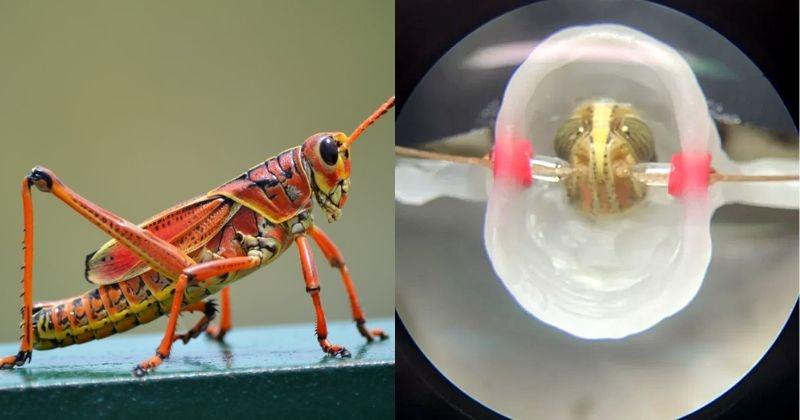
Michigan State University researchers have found a technique to use locusts as a cancer-screening technology.
The technology, directed by Professor Debajit Saha, employs locusts that have had their brain lobes surgically changed and fitted with electrodes. The electrodes were there to record the antennal impulses that each insect used to identify odours.
As an alternative, the scientists developed a system for trapping gases released by those tissues and cultivated three distinct types of malignant human oral cells as well as a set of healthy ones. They used the apparatus to give the insects a whiff of the gases and discovered that the locusts’ brains responded differently to each type of tissue. In fact, they were able to distinguish between unhealthy and healthy cells just by measuring the gases.
Despite the fact that it might seem a little unrealistic, a locust screening system could be useful. The insect primarily was dead and researchers just kept its brain alive. Furthermore, the paper hasn’t been peer-reviewed yet.
However, researchers are still working on the project. Approximately six to ten locust brains are now required for the system to run. A single locust brain should be sufficient for an individual screening, according to the researchers, who are hoping that the additional electrodes will enable them to capture more neurons.
In order to employ the technology outside of a lab environment, researchers also want to make the locust brain and antennae-holding gadget portable.

Post Your Comments